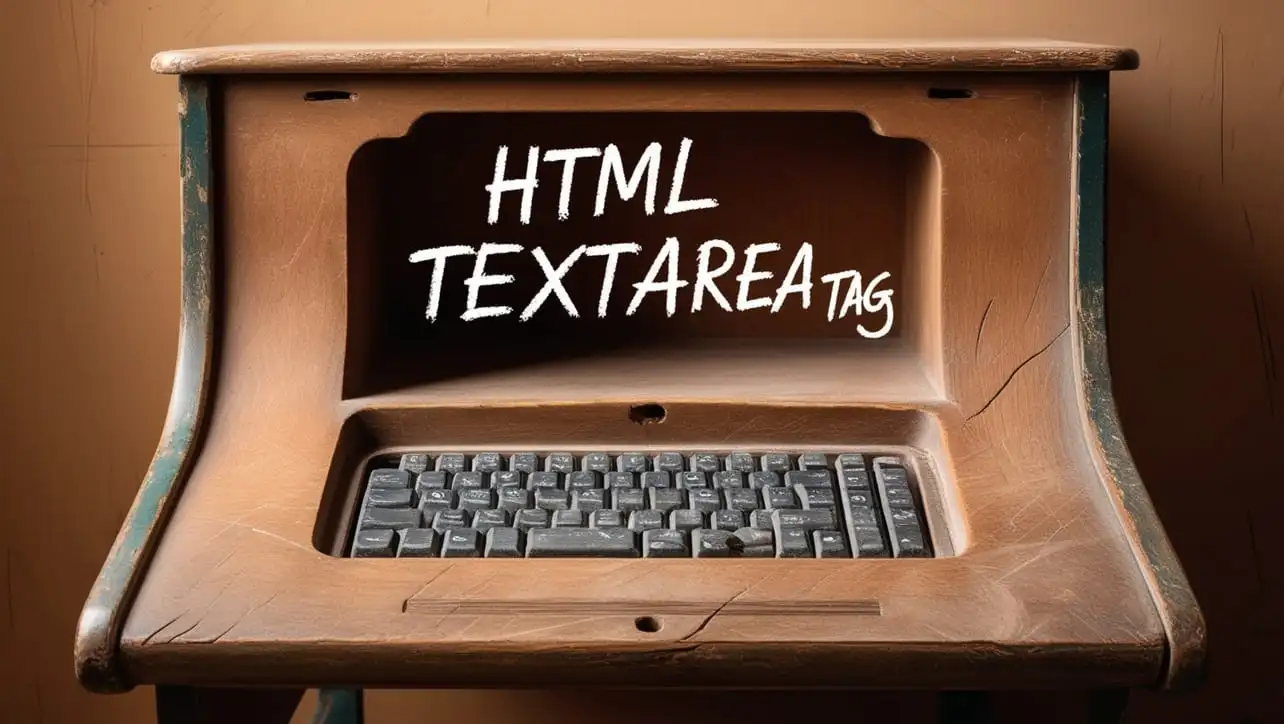
HTML Topics
- HTML Intro
- HTML Basic
- HTML Editors
- HTML CSS
- HTML Tags
- <!--...-->
- <!DOCTYPE>
- <a>
- <abbr>
- <address>
- <area>
- <article>
- <aside>
- <audio>
- <b>
- <base>
- <bdi>
- <bdo>
- <bgsound>
- <blink>
- <blockquote>
- <body>
- <br>
- <button>
- <canvas>
- <caption>
- <cite>
- <code>
- <col>
- <colgroup>
- <data>
- <datalist>
- <dd>
- <del>
- <details>
- <dfn>
- <dialog>
- <div>
- <dl>
- <dt>
- <em>
- <embed>
- <fieldset>
- <figcaption>
- <figure>
- <footer>
- <form>
- <h1> to <h6>
- <head>
- <header>
- <hgroup>
- <hr>
- <html>
- <i>
- <iframe>
- <img>
- <input>
- <ins>
- <kbd>
- <label>
- <legend>
- <li>
- <link>
- <main>
- <map>
- <mark>
- <menu>
- <meta>
- <meter>
- <nav>
- <noscript>
- <object>
- <ol>
- <optgroup>
- <option>
- <output>
- <p>
- <param>
- <picture>
- <pre>
- <progress>
- <q>
- <rp>
- <rt>
- <ruby>
- <s>
- <samp>
- <script>
- <search>
- <section>
- <select>
- <small>
- <source>
- <span>
- <strong>
- <style>
- <sub>
- <summary>
- <sup>
- <svg>
- <table>
- <tbody>
- <td>
- <template>
- <textarea>
- <tfoot>
- <th>
- <thead>
- <time>
- <title>
- <tr>
- <track>
- <u>
- <ul>
- <var>
- <video>
- <wbr>
- HTML Deprecated Tags
- HTML Events
- HTML Event Attributes
- HTML Global Attributes
- HTML Attributes
- HTML Comments
- HTML Entity
- HTML Head
- HTML Form
- HTML IndexedDB
- HTML Drag & Drop
- HTML Geolocation
- HTML Canvas
- HTML Status Code
- HTML Language Code
- HTML Country Code
- HTML Charset
- MIME Types
HTML textarea Tag

Photo Credit to CodeToFun
🙋 Introduction
In the world of web development, the <textarea> tag is a powerful HTML element that facilitates the input of multi-line text. This comprehensive guide aims to provide you with a thorough understanding of the <textarea> tag and how to effectively implement it in your web projects.
🤔 What is <textarea> Tag?
The <textarea> tag is utilized to create a text area in an HTML form, allowing users to input multiple lines of text. Unlike the <input> tag, which is primarily used for single-line text inputs, <textarea> is ideal for longer pieces of content such as comments or messages.
💡 Syntax
To implement the <textarea> tag, you need to use the opening <textarea> tag and the closing </textarea> tag. The content between these tags represents the initial text displayed within the text area.
<textarea>Your Text Here</textarea>🧰 Attributes
The <textarea> tag supports various attributes to customize its behavior:
<textarea name="message" rows="4" cols="50">Type your message here</textarea>📚 Common Use Cases
Basic Text Area:
The most common use of the
<textarea>tag is to create a basic text area for user input.basic-text-area.htmlCopied<textarea rows="6" cols="40">Enter your text here</textarea>Form Integration:
When used within an HTML form, the
<textarea>tag allows users to submit longer pieces of text seamlessly.form-integration.htmlCopied<form action="/submit" method="post"> <textarea name="comments" rows="8" cols="60">Type your comments here</textarea> <input type="submit" value="Submit"> </form>
🖥️ Browser Support
Understanding the compatibility of the <textarea> tag across different browsers is essential for delivering a consistent user experience. Here's an overview of its support:
- Google Chrome: Fully supported.
- Mozilla Firefox: Fully supported.
- Microsoft Edge: Fully supported.
- Safari: Fully supported.
- Opera: Fully supported.
- Internet Explorer: Fully supported.
🏆 Best Practices
- Always include a descriptive label associated with your
<textarea>for user clarity. - Specify the dimensions (rows and cols) based on the expected content length.
- Use CSS to style your text areas for a more appealing design.
🎉 Conclusion
The <textarea> tag is a valuable tool for web developers, providing a user-friendly way to input and submit multi-line text. By mastering its implementation and customization options, you can enhance the user experience on your website or application.
👨💻 Join our Community:
Author

For over eight years, I worked as a full-stack web developer. Now, I have chosen my profession as a full-time blogger at codetofun.com.
Buy me a coffee to make codetofun.com free for everyone.
Buy me a Coffee












If you have any doubts regarding this article (HTML textarea Tag), please comment here. I will help you immediately.